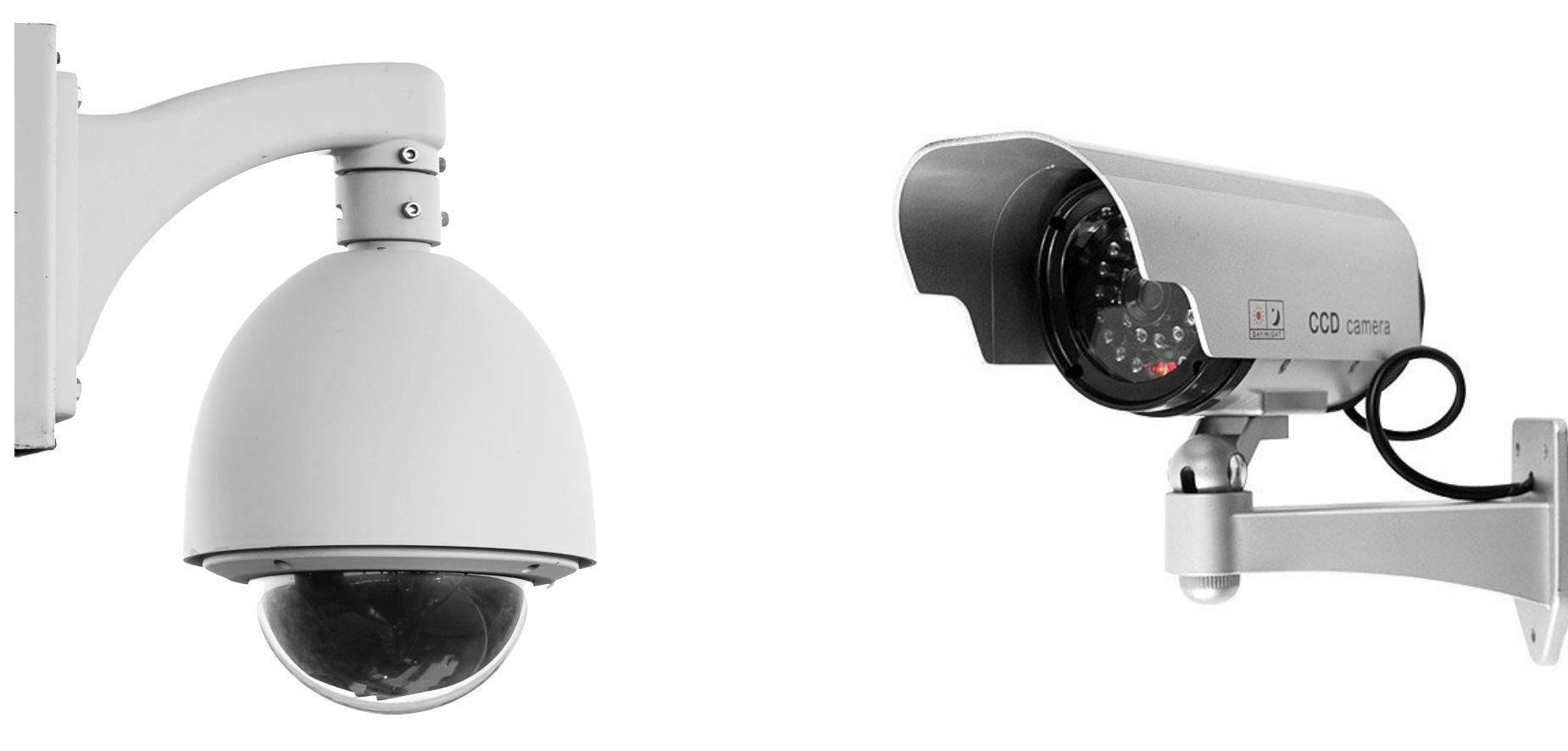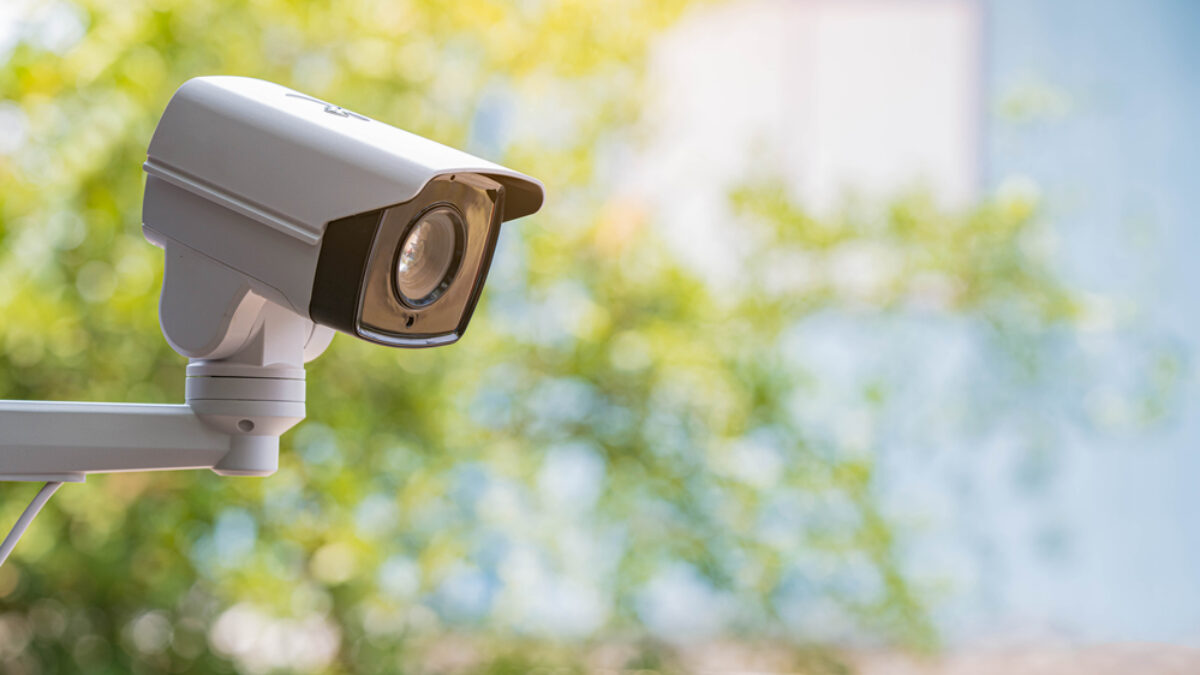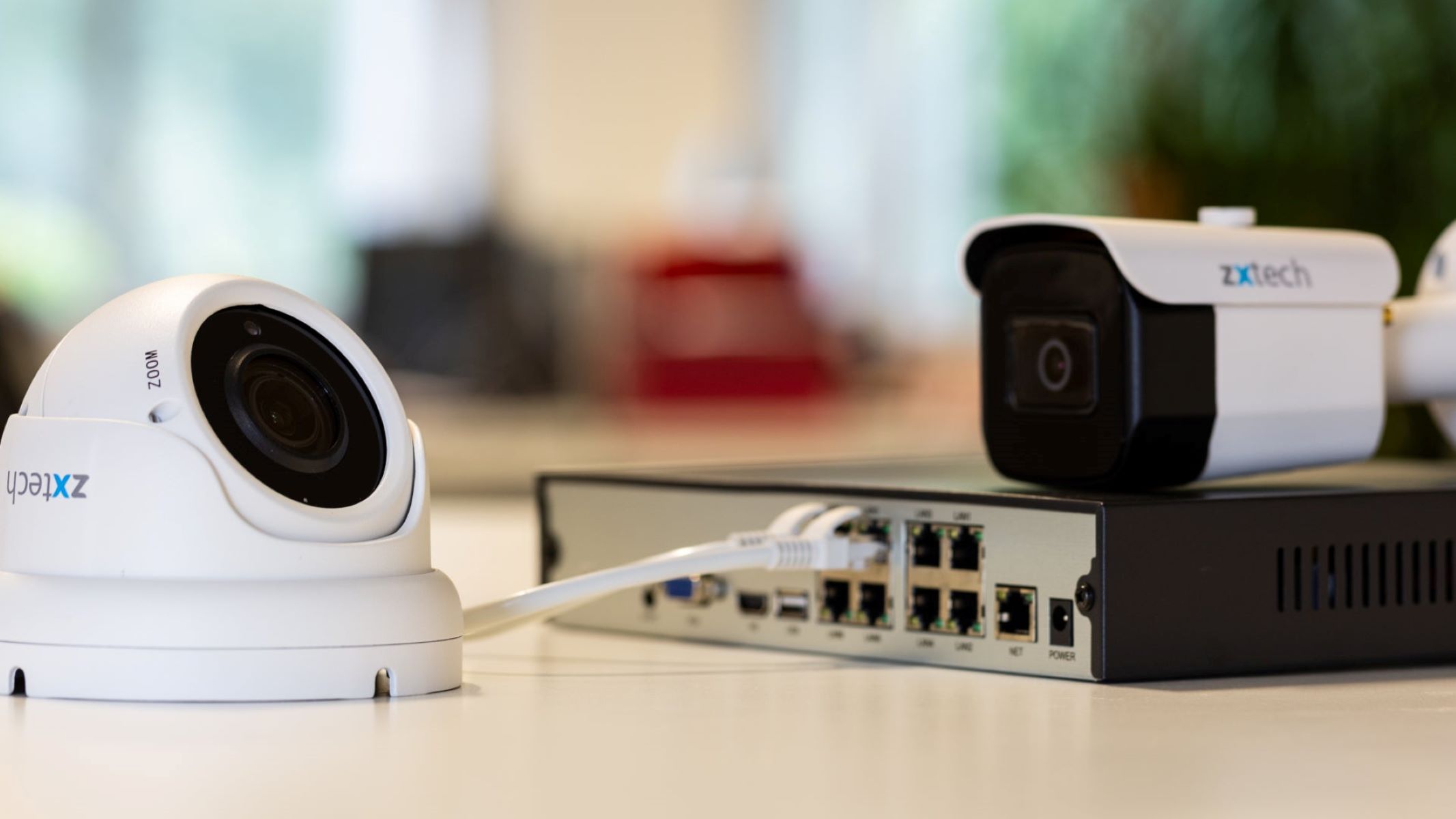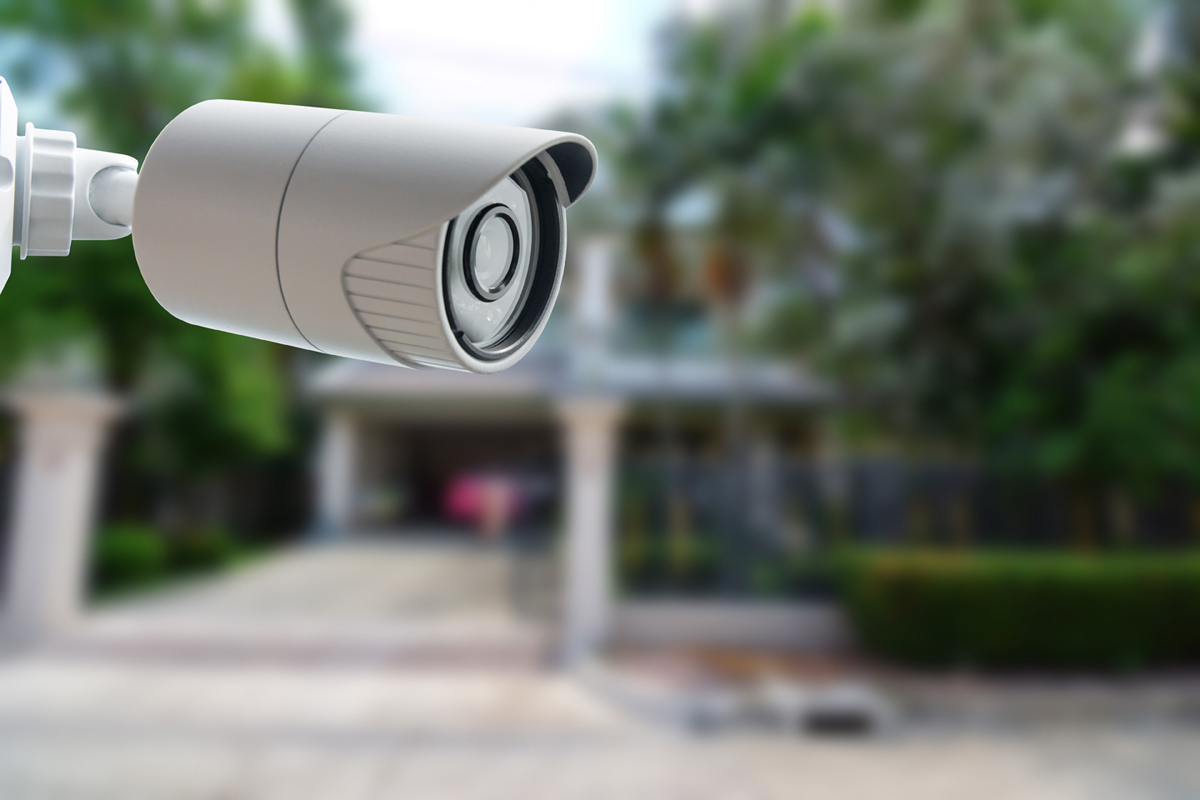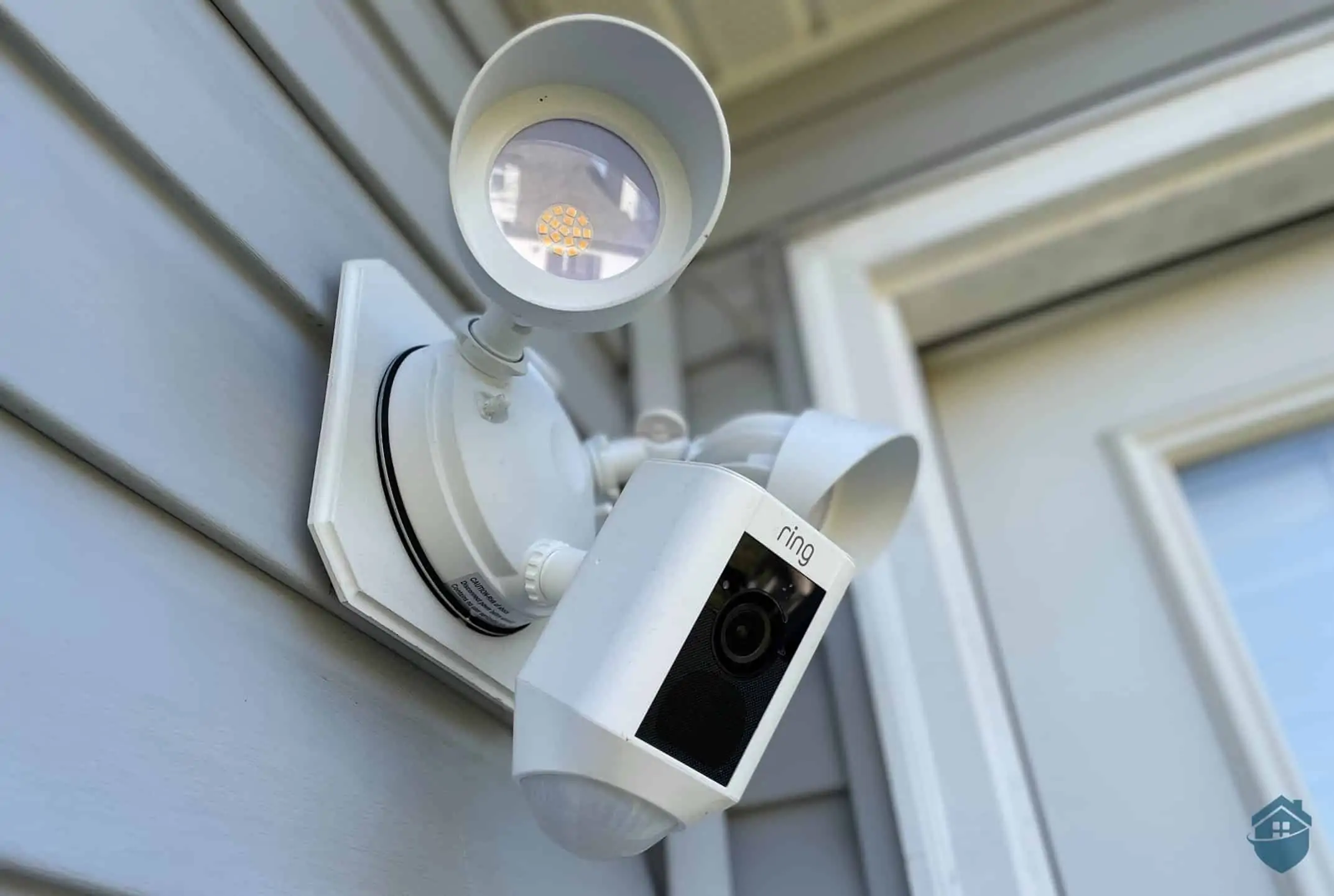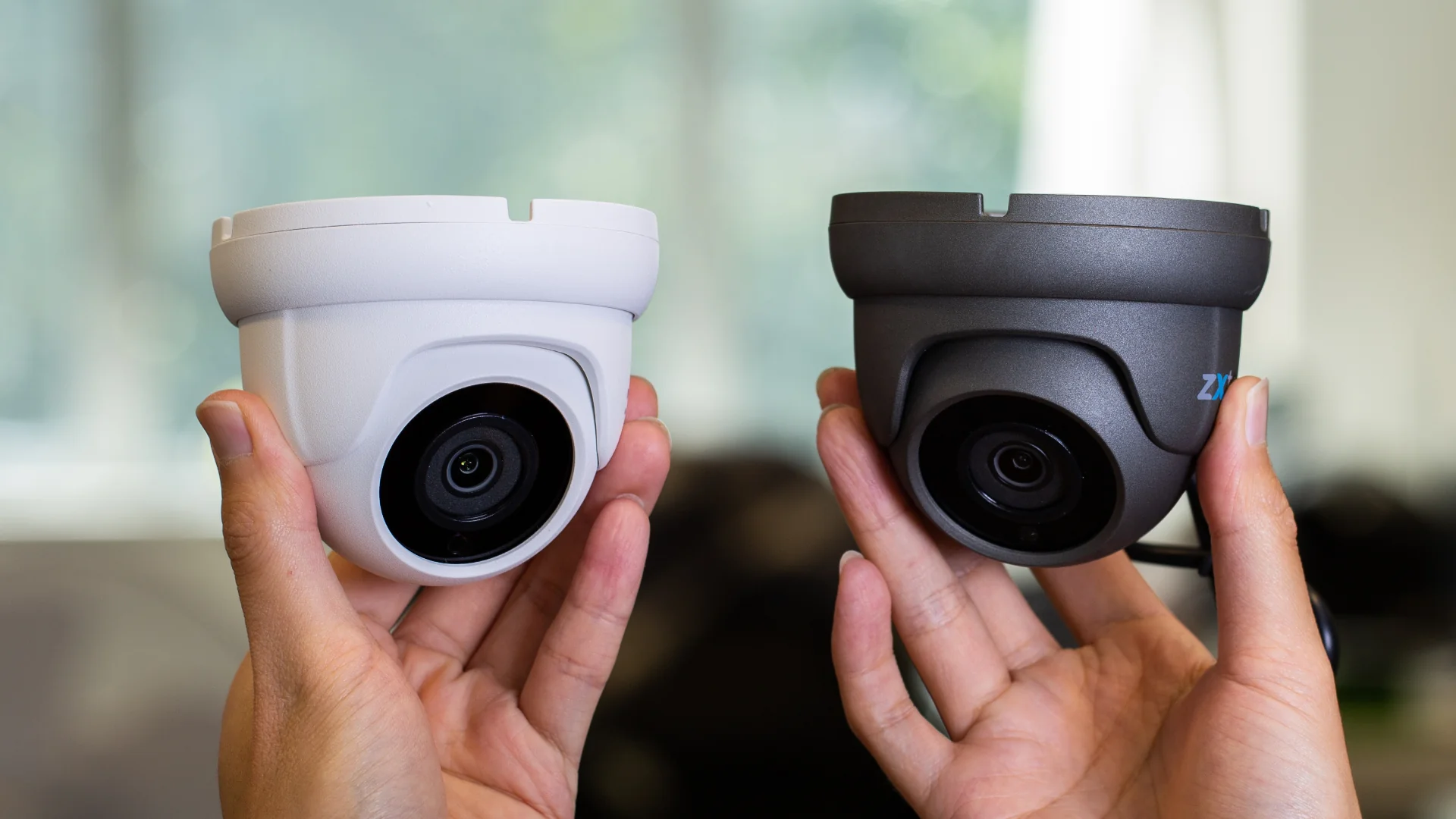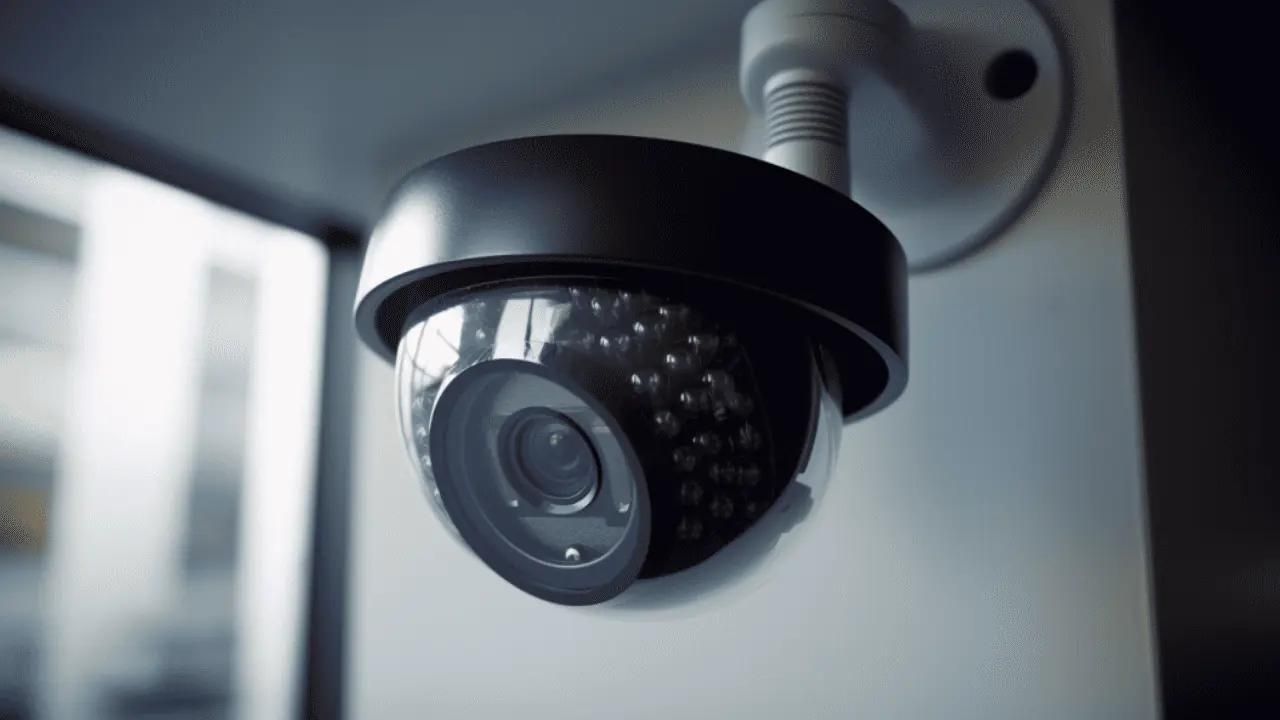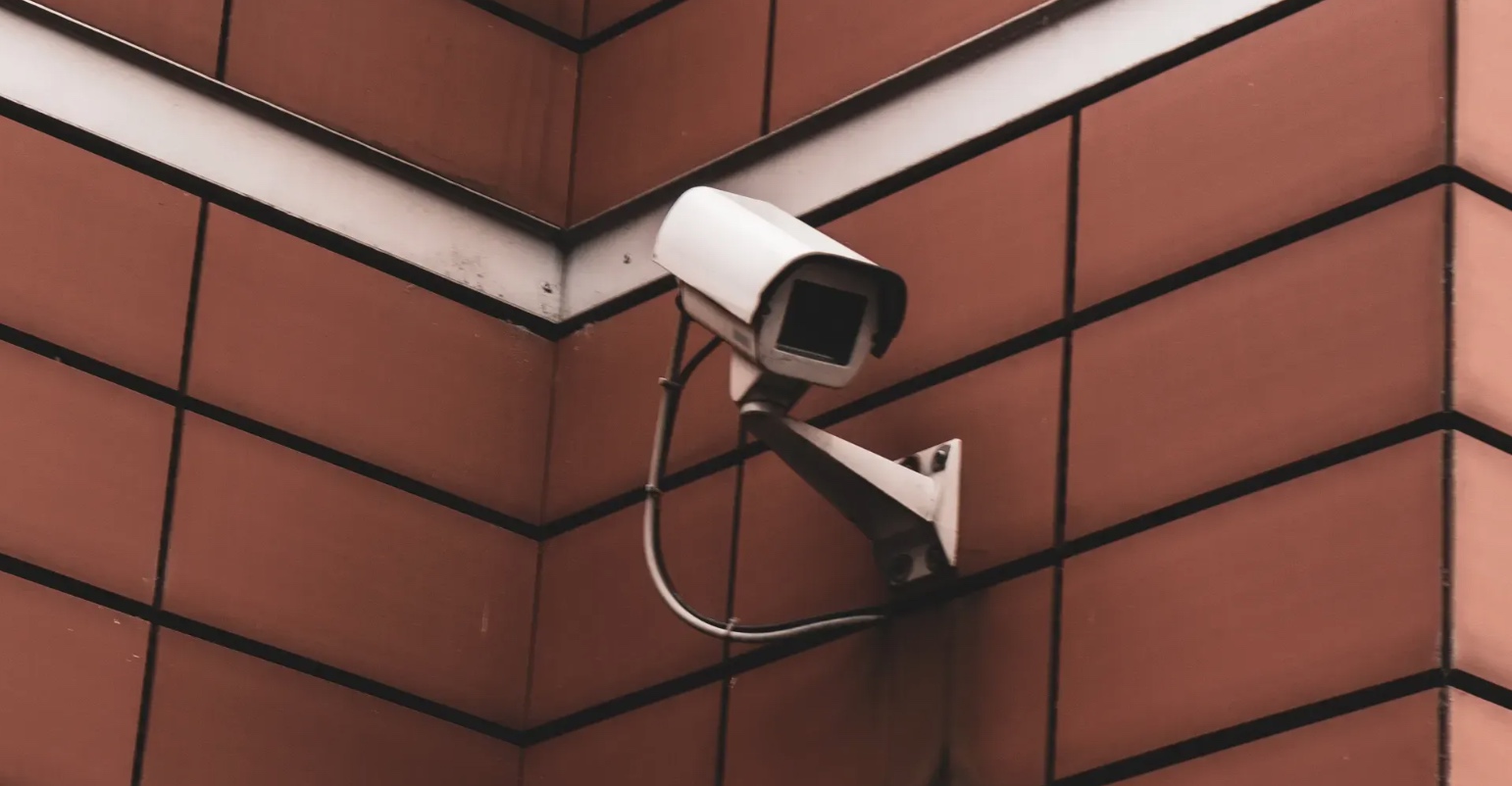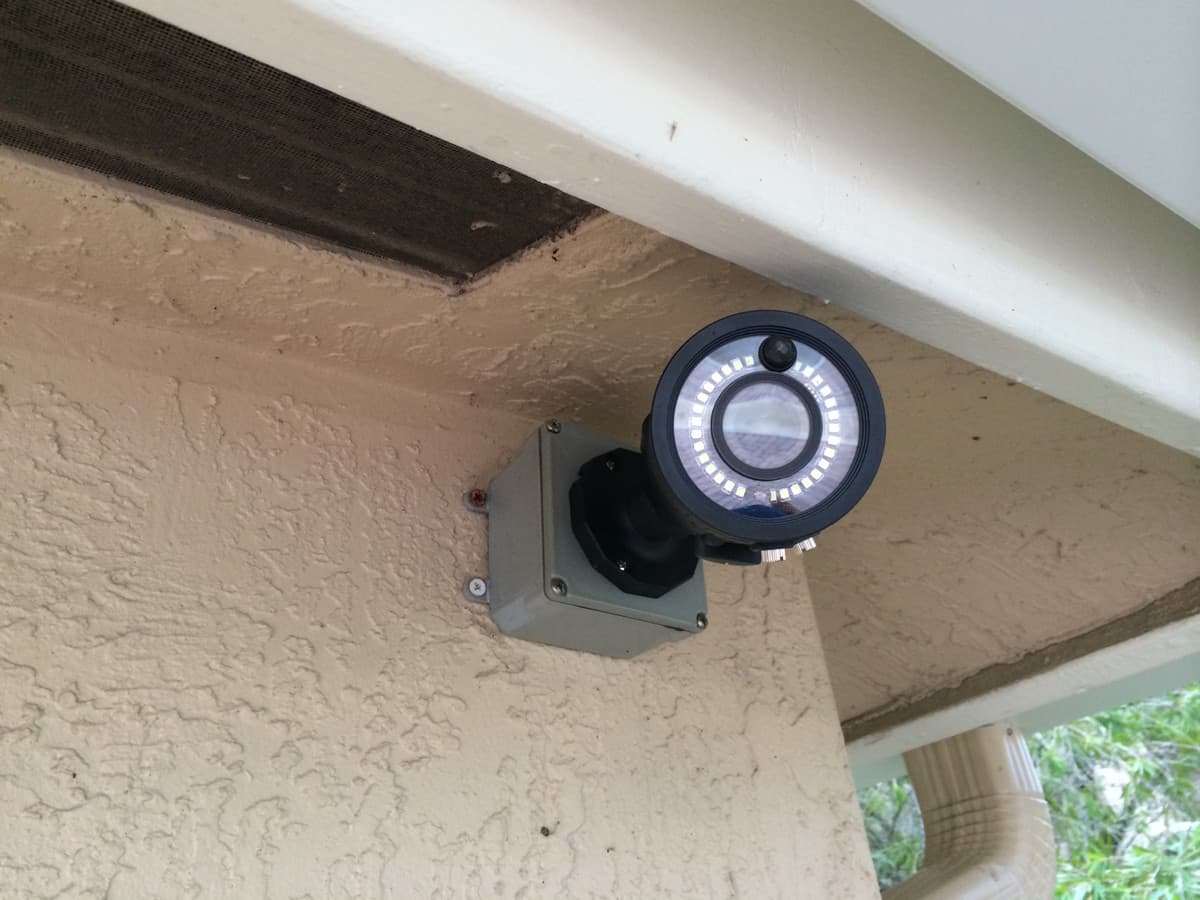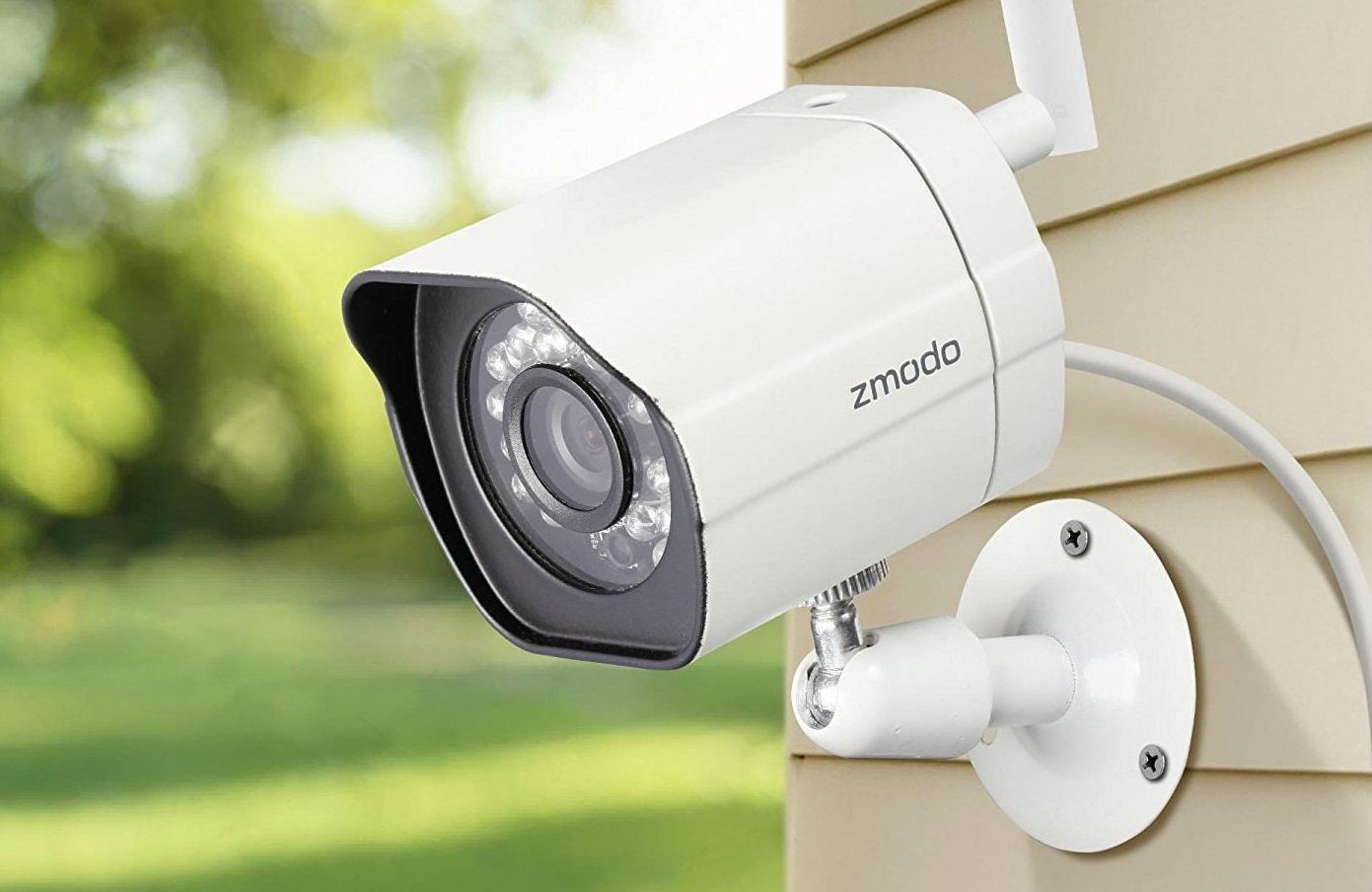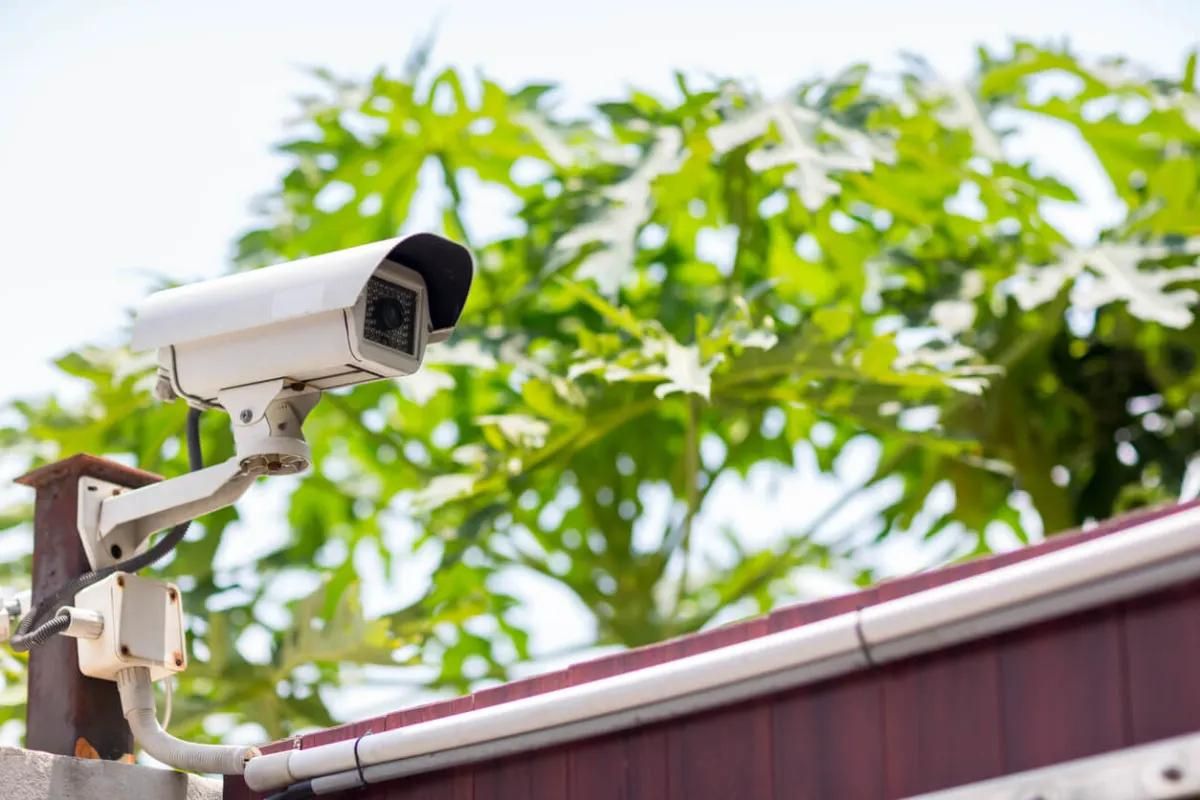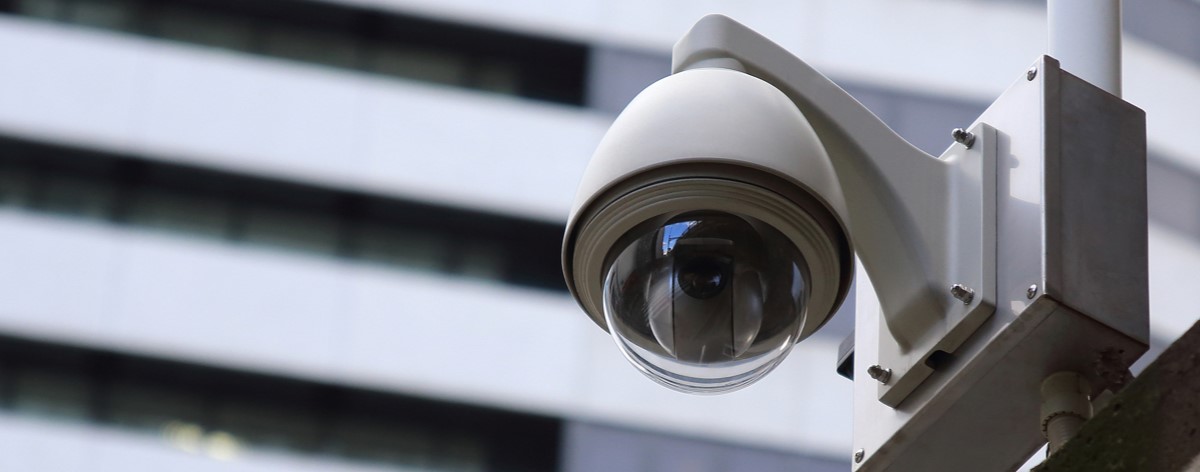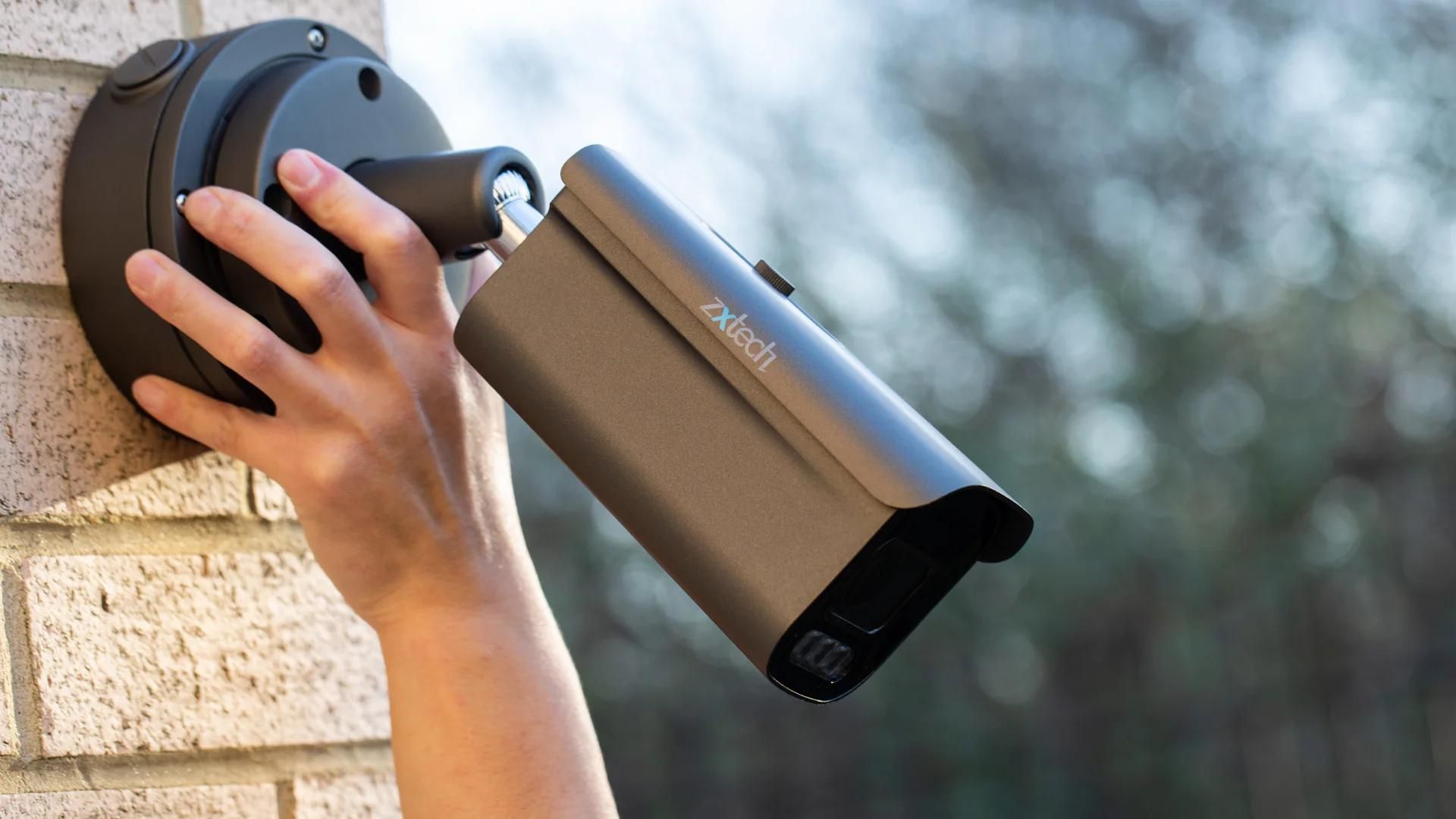Home>Home Security and Surveillance>What Is A PoE Security Camera
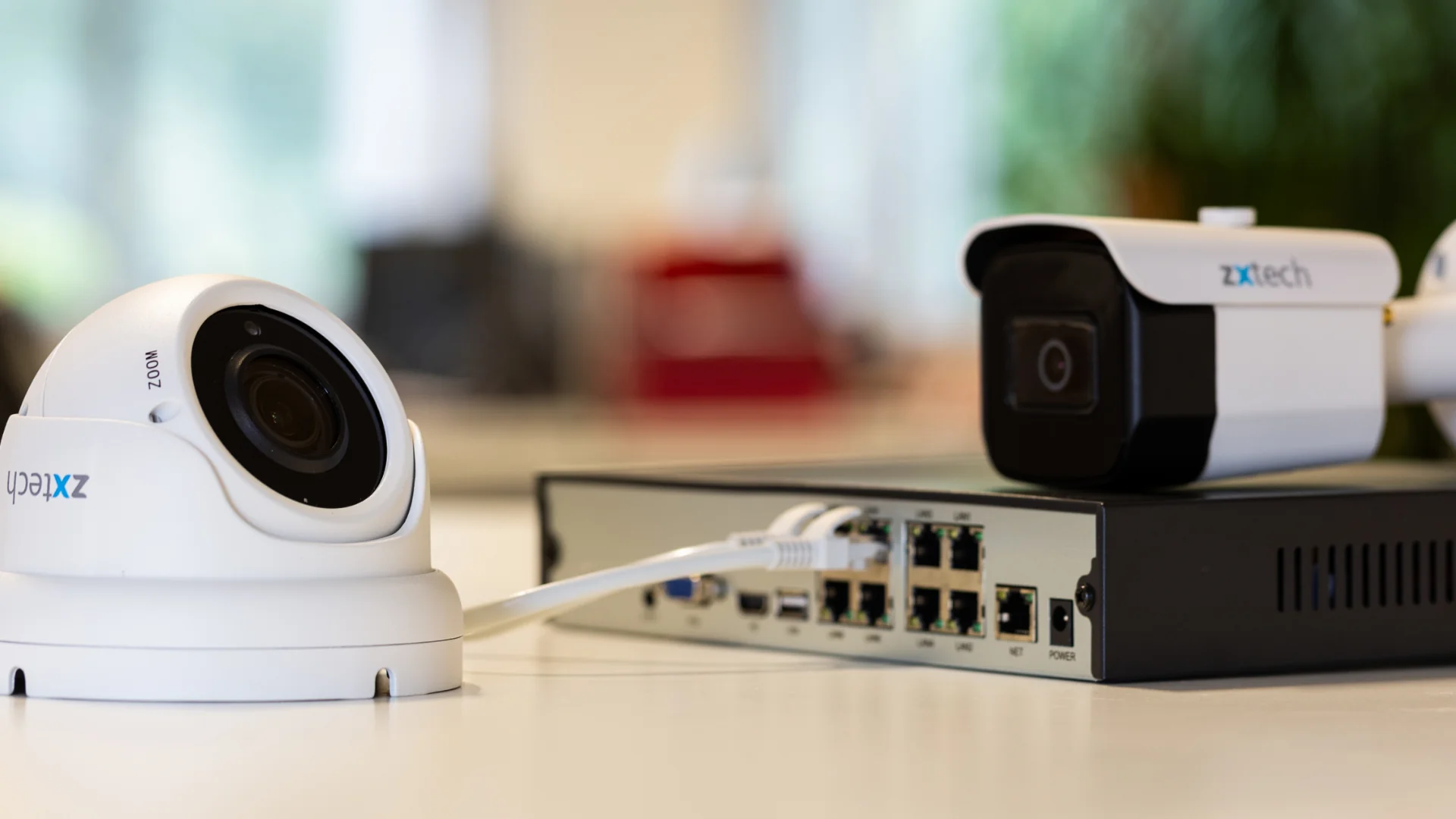

Home Security and Surveillance
What Is A PoE Security Camera
Modified: March 6, 2024
Looking to enhance your home security and surveillance? Discover the benefits of PoE security cameras and ensure optimal protection for your property.
(Many of the links in this article redirect to a specific reviewed product. Your purchase of these products through affiliate links helps to generate commission for Storables.com, at no extra cost. Learn more)
Introduction
Welcome to the world of home security and surveillance! In a time where safety is of utmost importance, it’s crucial to protect our homes and loved ones from potential threats. To achieve this, many homeowners are turning to advanced technological solutions, one of which is the PoE (Power over Ethernet) security camera.
In this article, we will delve into the world of PoE security cameras, discussing what they are, how they work, and why they are a preferred choice for home security. We will explore the benefits they offer, the factors to consider when choosing one, how to install and maintain them, and how they compare to other types of security cameras. So, let’s begin our journey into the realm of PoE security cameras and discover how they can make your home safer and more secure.
Key Takeaways:
- PoE security cameras simplify home surveillance by combining power and data into a single cable, making installation easier and more flexible. They offer remote accessibility, stable power supply, and high-quality video for enhanced security.
- When choosing a PoE security camera, consider factors like resolution, night vision, weather resistance, and budget to meet specific security needs. Regular maintenance and troubleshooting ensure optimal performance and reliability.
Read more: What Does Poe Stand For In Security Cameras
Definition of PoE Security Camera
A PoE security camera is a type of surveillance camera that can receive both power and data through a single Ethernet cable. PoE technology eliminates the need for separate power cables and allows for a more streamlined and simplified installation process. With PoE security cameras, you can easily monitor and protect your home without the hassle of dealing with multiple cables.
Traditional security cameras usually require a power source in addition to a separate data connection. This means running multiple cables from each camera to the power outlet and the recording device, which can be time-consuming and labor-intensive. However, PoE security cameras combine power and data into a single cable, significantly simplifying the installation process and reducing clutter.
PoE security cameras typically utilize the 802.3af or 802.3at PoE standard, which provides power over Ethernet cables up to a distance of 100 meters (328 feet). The Ethernet cable is connected to a PoE switch or injector, which supplies power to the camera while also transmitting data. This technology eliminates the need for additional power sources, making it ideal for both indoor and outdoor surveillance purposes.
With a PoE security camera system, you have the flexibility to place cameras in various locations around your property without worrying about access to power outlets. This allows for optimal coverage and ensures that every corner of your home is under surveillance, enhancing your overall security and peace of mind.
How PoE Security Cameras Work
PoE security cameras are designed to simplify the installation and operation process by combining power and data transmission into a single Ethernet cable. Here’s a breakdown of how PoE security cameras work:
1. Power Source: PoE security cameras receive power through a PoE switch or injector. The switch or injector connects to an electrical power source and delivers power over the Ethernet cable to the camera. It eliminates the need for a separate power supply for each camera, reducing cable clutter and allowing for more flexible camera placement.
2. Data Transmission: The PoE switch or injector also handles the transmission of data between the camera and the recording device or network. The camera captures video footage and audio (if equipped), which is then transmitted through the Ethernet cable to the recording device or network for storage or live viewing. The data transmission is typically done using the standard Ethernet protocols.
3. PoE Standards: PoE security cameras comply with specific PoE standards, such as 802.3af or 802.3at. These standards define the maximum power that can be delivered to the camera, as well as the data transmission rates. The 802.3af standard allows for a maximum of 15.4 watts of power, while the 802.3at standard, also known as PoE+, can provide up to 30 watts of power.
4. Compatibility: It’s important to ensure that the PoE switch or injector is compatible with the PoE security camera you’re using. Not all cameras support PoE, so it’s essential to check the specifications of both the camera and the PoE switch or injector to ensure compatibility. Additionally, some PoE switches or injectors may require additional configuration or settings adjustments for proper operation.
Overall, PoE security cameras offer a convenient and efficient solution for home surveillance. They simplify the installation process, reduce cable clutter, and provide flexibility in camera placement. With power and data transmitted through a single Ethernet cable, PoE cameras offer a seamless and reliable means of monitoring your property and ensuring the safety of your home and loved ones.
Benefits of PoE Security Cameras
PoE security cameras offer several advantages over traditional security camera systems. Here are some of the key benefits of using PoE security cameras:
1. Easy Installation: One of the major benefits of PoE security cameras is their simplified installation process. With a single Ethernet cable carrying both power and data, you can easily mount the cameras in various locations without the need for separate power outlets. This saves time, reduces cable clutter, and allows for more flexible camera placement.
2. Cost-Effective: PoE security cameras eliminate the need for additional power cables and outlets, reducing installation and maintenance costs. With a PoE switch or injector powering multiple cameras, you can save on electrical wiring expenses. Additionally, PoE systems can be easily expanded or modified without requiring extensive rewiring.
3. Remote Accessibility: PoE security cameras can be accessed and controlled remotely through a network-connected device, such as a computer or smartphone. This allows you to monitor your home or property from anywhere at any time, providing peace of mind and enhanced convenience. Remote access also enables real-time alerts and notifications in the event of any suspicious activity.
4. Stable Power Supply: PoE technology ensures a stable and reliable power supply to the cameras. Unlike traditional power sources, which are susceptible to power outages or failures, PoE cameras receive power through the Ethernet cable from a centralized source, such as a PoE switch. This reduces the risk of disruptions in surveillance due to power issues.
5. Scalability: PoE security camera systems are highly scalable. You can easily add or remove cameras as your security needs change, without the hassle of rewiring or modifying electrical installations. This makes it an ideal solution for both homes and businesses that may require flexible and expandable security systems.
6. Integration with other Systems: PoE security cameras can seamlessly integrate with other IP-based systems, such as access control or alarm systems. This integration allows for a more comprehensive and interconnected security solution. For example, when an access control system detects an unauthorized entry, the PoE camera can automatically pan, tilt, or zoom to focus on the affected area, capturing detailed footage for further analysis.
7. Higher Quality Video: PoE security cameras typically offer higher resolution and image quality compared to analog cameras. This allows for clearer and more detailed video footage, enhancing the effectiveness of surveillance and providing better evidence in case of an incident. With advanced features like night vision and wide dynamic range, PoE cameras can capture clear footage even in challenging lighting conditions.
Overall, PoE security cameras provide a range of benefits that make them a popular choice for home security. From easy installation and cost-effectiveness to remote accessibility and scalability, PoE cameras offer a reliable and comprehensive surveillance solution for protecting your home and loved ones.
Factors to Consider When Choosing a PoE Security Camera
When selecting a PoE security camera for your home, there are several important factors to consider. These factors will help you choose the right camera that meets your specific security needs. Here are some key considerations:
1. Resolution: The resolution of a camera determines the level of detail captured in the video footage. Look for cameras with high resolution, such as Full HD or 4K, to ensure clear and crisp images. Higher resolution cameras are especially beneficial when you need to zoom in on specific areas or identify important details.
2. Field of View: The field of view (FOV) refers to the area that the camera can capture. Consider the size of the area you want to monitor and choose a camera with an appropriate FOV. Cameras with a wide-angle lens or a pan-tilt-zoom (PTZ) feature allow for greater coverage and flexibility in adjusting the viewing angle.
3. Night Vision: If you require surveillance during nighttime or low-light conditions, opt for a camera with advanced night vision capabilities. Look for cameras that use infrared (IR) LEDs or have low Lux ratings to ensure clear visibility in the dark.
4. Weather Resistance: If you plan to install the camera outdoors or in areas prone to harsh weather conditions, select a camera that is weatherproof and designed to withstand extreme temperatures, humidity, and dust. Look for cameras with an Ingress Protection (IP) rating, such as IP67 or IP68, to ensure their durability and longevity.
5. Motion Detection and Alerts: A camera with built-in motion detection sensors can help minimize false alarms and save storage space by only recording when motion is detected. Ensure that the camera offers configurable motion detection settings and the ability to receive real-time alerts via email or mobile notifications.
6. Storage and Recording Options: Consider the storage and recording options available with the camera. Many PoE cameras support local storage through microSD cards or network-attached storage (NAS) devices. Alternatively, some cameras offer cloud storage options for convenient remote access and backup.
7. Integration and Compatibility: Check if the camera is compatible with your existing security system or surveillance software. Ensure it supports standard protocols (such as ONVIF) for easy integration with third-party devices and systems.
8. Remote Monitoring and Accessibility: Look for cameras that offer easy remote access and monitoring through mobile apps or web interfaces. This allows you to view live footage, playback recordings, and control camera settings from anywhere using your smartphone or computer.
9. Budget: Set a budget for your security camera and consider the features and specifications within that range. It’s important to find a balance between cost and quality, ensuring that you invest in a reliable and suitable camera for your specific needs.
By considering these factors, you can make an informed decision when selecting a PoE security camera that best meets your requirements. Remember to evaluate the specific needs of your home and prioritize features that are most important for your security setup.
When choosing a PoE security camera, make sure to consider the resolution, field of view, and night vision capabilities to ensure it meets your specific surveillance needs.
Read also: 11 Amazing Poe Security Cameras For 2024
Installation of PoE Security Cameras
Installing PoE security cameras is relatively straightforward, thanks to the simplicity of Power over Ethernet technology. Here are the steps to follow for a successful installation:
1. Plan the Camera Placement: Determine the areas you want to monitor and strategize the camera placement accordingly. Consider the field of view, potential obstructions, and optimal angles for capturing the desired footage.
2. Choose the Right Equipment: Make sure you have all the necessary equipment, including PoE cameras, a PoE switch or injector, Ethernet cables, and a network video recorder (NVR) or a compatible recording device. Ensure that the PoE switch or injector supports the required power output for your cameras.
3. Mount the Cameras: Install the cameras based on the chosen locations. Use mounting brackets, screws, or clamps provided with the cameras to securely fix them. Ensure the cameras are positioned at the desired angles and heights for optimal coverage.
4. Connect the Cables: Connect one end of the Ethernet cable to the PoE switch or injector, and the other end to the camera. Ensure the connections are secure and tightly fitted. If you are using multiple cameras, repeat this step for each camera.
5. Connect the PoE Switch or Injector: Connect the PoE switch or injector to a power source. Make sure the power supply is reliable and stable. Verify that the switch or injector is properly connected to your network infrastructure.
6. Configure the Camera Settings: Access the camera’s settings through a web-based interface or a dedicated software provided by the manufacturer. Configure the camera’s resolution, motion detection, recording settings, and any other preferences you require for your surveillance setup.
7. Connect the NVR or Recording Device: If you are using an NVR or a recording device, connect it to the PoE switch or network. Configure the recording settings, storage options, and network access as per your requirements.
8. Test the System: Turn on the power and ensure that the cameras are receiving power. Check the camera feeds on the recording device or through the software interface to confirm if they are functioning correctly. Adjust the camera angles or settings if necessary.
9. Fine-tune the Settings: Once the system is up and running, fine-tune the camera settings, such as motion detection sensitivity, recording schedules, and any other preferences you may have. Test the remote accessibility features to ensure you can monitor the cameras from your smartphone or computer.
It is recommended to consult the manufacturer’s installation guide or seek professional help if you are unsure about any step in the installation process. Proper installation and setup ensure optimal performance and reliability of your PoE security camera system.
Maintenance and Troubleshooting of PoE Security Cameras
Maintaining and troubleshooting your PoE security cameras ensures their optimal performance and extends their lifespan. Here are some essential maintenance tasks and troubleshooting tips to keep your system running smoothly:
1. Regular Cleaning: Dust, dirt, and debris can accumulate on the camera lenses, affecting the image quality. Regularly clean the camera housing and lenses using a soft, lint-free cloth. Avoid using harsh chemicals or abrasive materials that could damage the camera.
2. Inspect and Secure Connections: Periodically check the Ethernet cables and connections to ensure they are securely plugged in. Loose or faulty connections can lead to power or data transmission issues. Repair or replace any damaged cables or connectors as necessary.
3. Monitor Camera Health: Keep an eye on the camera’s performance and health status indicators. Many PoE cameras come with built-in diagnostic tools and system logs that can provide valuable information about their functionality. Regularly review these logs to identify any potential issues.
4. Check Power Supply: Verify that the PoE switch or injector is providing a stable power supply to the cameras. If you notice power fluctuations, consider using an uninterruptible power supply (UPS) to protect against power outages or surges.
5. Firmware Updates: Stay updated with the latest firmware releases for your cameras. Manufacturers often release firmware updates to enhance performance, fix bugs, and address security vulnerabilities. Regularly check for firmware updates and follow the manufacturer’s instructions to install them.
6. Review Recording Storage: Ensure that your storage devices, such as NVRs or NAS systems, have sufficient capacity to store the recorded footage. Regularly assess the storage space and configure automatic deletion or backup settings to optimize storage efficiency.
7. Test Camera Functionality: Perform regular function checks to ensure all aspects of the camera are working correctly, including video and audio recording, motion detection, and remote accessibility.
8. Monitor Network Health: If your cameras are connected to a larger network, monitor the network’s health to identify any bottlenecks, bandwidth issues, or network congestion that may impact camera performance. Consider implementing Quality of Service (QoS) settings to prioritize camera traffic.
9. Troubleshooting: If you encounter any issues with your PoE security camera system, follow these troubleshooting steps:
– Check the camera connections and cables to ensure they are properly seated.
– Restart the camera, PoE switch, or other network devices to refresh the system.
– Verify that the camera’s IP address is correctly configured and not conflicting with other devices on the network.
– Check for any firmware updates or software patches that may address the issue.
– Consult the camera’s documentation or contact the manufacturer’s support for further assistance.
By performing regular maintenance tasks and promptly addressing any issues or troubleshooting needs, you can keep your PoE security camera system running smoothly, ensuring reliable surveillance and peace of mind for your home or property.
Comparison of PoE Security Cameras with Other Types of Security Cameras
When it comes to choosing a security camera system, there are various options available. Let’s compare PoE security cameras with other types of security cameras to understand their differences and advantages:
1. PoE Security Cameras vs. Wired Analog Cameras:
– Power and Data: PoE cameras receive both power and data through a single Ethernet cable, simplifying installation compared to analog cameras that require separate power and data cables.
– Image Quality: PoE cameras typically offer higher resolution and better image quality than analog cameras.
– Remote Access: PoE cameras provide remote accessibility for monitoring and control, while analog cameras often require physical connection to a recorder.
– Cost: PoE cameras may have a higher upfront cost, but the simplified installation process can save costs in terms of cabling and maintenance.
2. PoE Security Cameras vs. Wireless IP Cameras:
– Power Source: PoE cameras receive power through the Ethernet cable, eliminating the need for battery replacements or recharging, unlike wireless IP cameras that rely on batteries or power outlets.
– Reliability: PoE cameras have a consistent power supply, ensuring uninterrupted surveillance, whereas wireless IP cameras may be susceptible to signal interference or loss.
– Bandwidth: PoE cameras use wired connections and don’t consume bandwidth from the Wi-Fi network, making them ideal for situations with limited or congested wireless networks.
– Signal Range: Wireless IP cameras may have a limited range due to wireless transmission, while PoE cameras can be placed at greater distances from the power source.
3. PoE Security Cameras vs. Solar-Powered Cameras:
– Power Supply: PoE cameras receive power from a PoE switch or injector, while solar-powered cameras harness energy from the sun. Solar-powered cameras are suitable for remote locations where power outlets are unavailable or impractical.
– Cost: Solar-powered cameras may require a higher upfront investment due to the solar panel and battery components, whereas PoE cameras have a lower ongoing cost as they rely on a stable power source.
– Installation: PoE cameras have a simpler installation process, while solar-powered cameras need careful placement to maximize sun exposure for optimum charging.
4. PoE Security Cameras vs. PTZ Cameras:
– Flexibility: PTZ (Pan-Tilt-Zoom) cameras offer more flexibility in adjusting the viewing angle and focus remotely, whereas most PoE cameras have fixed lenses.
– Coverage: PTZ cameras can cover a larger area due to their ability to pan, tilt, and zoom, while PoE cameras provide consistent coverage for specific areas.
– Cost: PTZ cameras tend to be more expensive than PoE cameras due to their advanced features and motorized components.
Ultimately, the choice between PoE security cameras and other types of security cameras depends on your specific needs, budget, and installation requirements. Assess your surveillance goals, infrastructure limitations, and desired functionality to select the most suitable camera system for your home or property.
Popular Brands and Models of PoE Security Cameras
When it comes to PoE security cameras, there are several reputable brands that offer high-quality and reliable options. Here are some popular brands and models to consider:
1. Hikvision: Hikvision is a well-known brand in the surveillance industry, offering a wide range of PoE security cameras. Their models, such as the DS-2CD2385G1-I or the DS-2CD2142FWD-I, are known for their excellent image quality, advanced features, and robust build.
2. Dahua: Dahua is another prominent manufacturer of PoE security cameras. Their cameras, like the IPC-HFW4433F-ZSA or the IPC-HDBW4433R-ZS, are highly regarded for their superior image resolution, night vision capabilities, and smart detection features.
3. Axis Communications: Axis Communications is known for producing high-end PoE cameras. Models such as the Axis P1448-LE or the Axis M3048-P offer exceptional image quality, wide dynamic range, and advanced analytics for intelligent video surveillance.
4. Uniview: Uniview, also known as UNV, offers a range of PoE cameras at various price points. Their cameras, like the IPC324ER3-DVZ28 or the IPC2122LR3-UPF40M, are known for their impressive video resolution, strong low-light performance, and smart encoding for efficient storage utilization.
5. Lorex: Lorex specializes in providing PoE security camera systems for residential and small-business use. Their models, such as the LNE8964AB or the LNB8963BW, offer high-resolution video, wide-angle lenses, and easy integration with their NVRs.
6. Amcrest: Amcrest offers affordable yet reliable PoE cameras suitable for home security. Models like the IP4M-1028E or the IP2M-858EW-2M come with advanced features like waterproofing, night vision, and motion detection.
7. Reolink: Reolink specializes in DIY PoE camera systems. Their models, such as the RLC-410 or the RLC-520, offer easy installation, high-resolution video, and remote access through their user-friendly mobile app.
8. Vivotek: Vivotek is known for its wide selection of PoE security cameras for both indoor and outdoor use. Their models, like the FD9165-HT or the IB9387, offer high image quality, adaptive IR illumination, and advanced video analytics.
These are just a few examples of popular brands and models in the realm of PoE security cameras. It’s important to assess your specific surveillance needs, budget, and desired features to find the right camera that suits your requirements.
Read more: What Is A Poe Adapter
Conclusion
In an ever-changing and security-conscious world, PoE security cameras have become an essential tool for safeguarding homes and properties. With their streamlined installation process and advanced features, these cameras offer a reliable and efficient solution for surveillance needs.
Throughout this article, we explored the definition and functionality of PoE security cameras, highlighting their advantages over other types of security cameras. We discussed the ease of installation, cost-effectiveness, remote accessibility, stable power supply, scalability, and integration capabilities that make PoE cameras a preferred choice for many homeowners.
When it comes to choosing the right PoE security camera, factors such as resolution, field of view, night vision, weather resistance, motion detection, storage options, and budget play a crucial role. By carefully considering these factors, you can select a camera that meets your specific security requirements.
Maintaining and troubleshooting your PoE security camera system is equally important to ensure its optimal performance. Regular cleaning, inspecting connections, monitoring camera health, updating firmware, and addressing any issues promptly are essential maintenance tasks to keep your system running smoothly.
Finally, we discussed popular brands and models of PoE security cameras, highlighting companies such as Hikvision, Dahua, Axis Communications, Uniview, Lorex, Amcrest, Reolink, and Vivotek. These brands offer a wide range of quality PoE cameras to suit various surveillance needs.
In conclusion, PoE security cameras provide a convenient, cost-effective, and reliable solution for home security and surveillance. With their advanced features, ease of installation, and seamless integration capabilities, they offer an invaluable layer of protection. Whether you’re looking to monitor your property remotely, deter trespassers, or enhance the overall security of your home, PoE security cameras are a smart choice.
Take the time to assess your specific needs, do thorough research, and choose a PoE security camera system that aligns with your requirements. By investing in a high-quality camera and properly maintaining it, you can enjoy increased peace of mind and the assurance that your home and loved ones are protected.
Frequently Asked Questions about What Is A PoE Security Camera
Was this page helpful?
At Storables.com, we guarantee accurate and reliable information. Our content, validated by Expert Board Contributors, is crafted following stringent Editorial Policies. We're committed to providing you with well-researched, expert-backed insights for all your informational needs.
